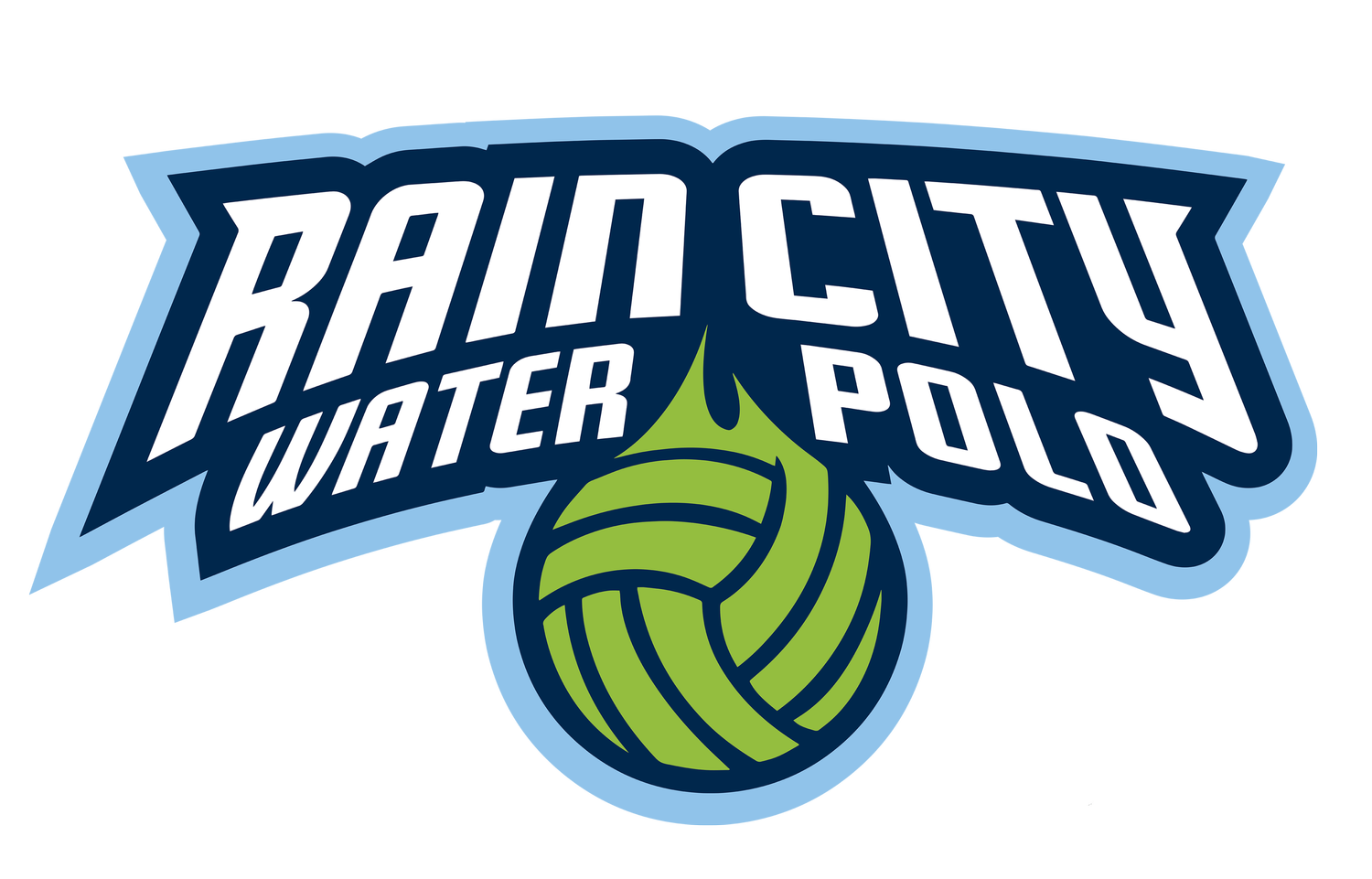The Contact Game: Navigating Physical Play and Fouls in Water Polo
Water polo is much more than just swimming with a ball. For those familiar with other sports, water polo combines elements of swimming, basketball, and soccer in a pool and demands continuous movement and strategic positioning. It's a contact sport that demands not only aquatic skills and ball handling but also an understanding of physical engagement and strategy. This is not a sport where you simply throw the ball around; it's a disciplined, tactical battle where physical contact plays a pivotal role. Recognizing this aspect is fundamental to excelling in the sport and appreciating its true competitive nature.
The Physical Nature of Water Polo:
In water polo, players are constantly engaging in close contact as part of the game's DNA. Players must use their physical strength and endurance not only to maneuver the ball but also to assertively position themselves against opponents. This contact isn't incidental; it's a deliberate part of the strategy, employed to gain control, defend, and create scoring opportunities. The sport demands a balance between aggressive, physical play and the strategic, controlled use of force.
Understanding the Contact Rules in Water Polo:
Ordinary Fouls: In these situations, minor contact is penalized but is not deemed overly aggressive. For example, a player lightly grabbing an opponent's arm away from the ball would result in an ordinary foul, leading to a turnover or free throw for the opposition.
Exclusion Fouls: These fouls are called for more aggressive behaviors. For instance, if a player pushes an opponent underwater in a struggle for the ball, this action would lead to a 20-second exclusion, temporarily reducing the team's numbers in the pool.
Brutality and Misconduct: These are serious infractions. An example would be a player striking an opponent during a confrontation, resulting in immediate ejection from the game and potentially further disciplinary action.
Goalkeeper's Privileges: While goalkeepers have certain liberties, they must adhere to rules of physical contact. For example, a goalkeeper aggressively blocking an attacker with their body, rather than playing the ball, would be penalized with a foul.
Navigating the Gray Areas in Water Polo:
In water polo, as in many contact sports, some scenarios don't have straightforward rulings. This 'gray area' is where understanding the subtleties of the game becomes critical:
Underwater Contact: Subtle moves like grabbing an opponent’s leg are common but can lead to penalties. What happens beneath the surface can often be the difference between gaining an advantage and drawing a foul. Players must be adept at both executing and countering these underwater tactics.
Subjectivity in Calls: The interpretation of actions, such as a forceful swim over an opponent, can vary between referees. Just like in other contact sports, referees have different thresholds and styles. Players must adapt to varying interpretations of physical play.
Intensity of Play: Actions like a high elbow in defense might be part of the game for some referees, but others may view it as a foul. Players must gauge their physicality to avoid penalties while still playing effectively. The line between a strategic move and a foul can be thin. It’s crucial for players to understand how to exert their strength without crossing into foul territory.
Advantage Rule: Similar to 'play on' in soccer, minor fouls might be overlooked to keep the game flowing, especially if the fouled team retains an advantage.
Swim Suit Grabbing and Defensive Holding: These are subtle tactics that require skill to execute without being penalized. Players must be clever and cautious with these moves.
Strategically, committing and drawing fouls are integral parts of water polo. Players might intentionally draw fouls to gain advantageous positions or to disrupt the rhythm of the opposing team. Similarly, committing a foul might be a calculated risk to prevent a scoring opportunity or to momentarily halt the momentum of the game. These decisions are not taken lightly; they require a deep understanding of both the rules and the flow of the game. Guiding players on how to make these strategic choices is as important as teaching them the physical skills of the sport.
Further Resources on Water Polo Rules:
For an in-depth exploration of water polo rules and updates, I recommend referring to the official rulebook published by the Fédération Internationale de Natation (FINA). You can find the official rules and additional resources on these websites:
These resources are invaluable for players and parents to deepen their understanding of water polo's regulations and intricacies.
